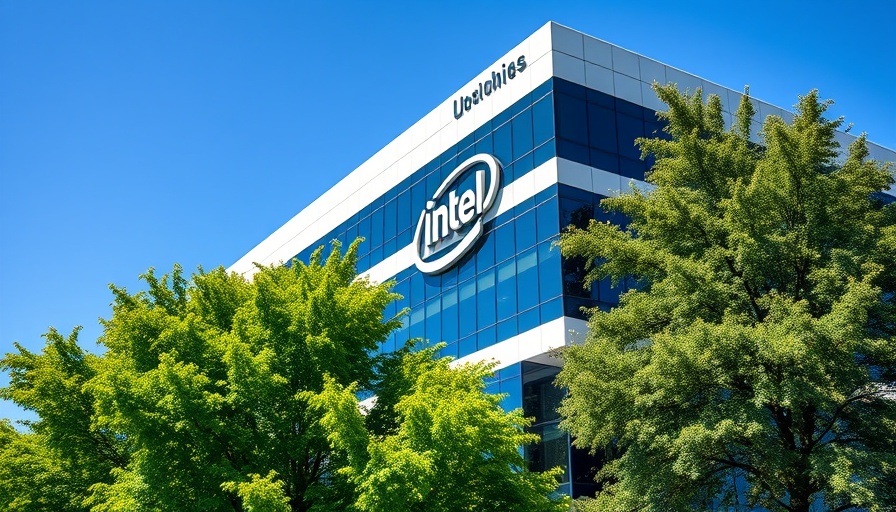
Understanding the Zero Trust Paradigm Shift
In a world rife with cybersecurity threats, the "zero trust" model has emerged as a pivotal strategy for organizations looking to safeguard their digital assets. Zscaler Inc., a leader in cloud security, encapsulates this approach in its vision of "zero trust everywhere." This means treating every user, device, and workload as untrusted by default, establishing a new baseline for security as organizations expand into cloud services and remote work structures.
Why Zero Trust is Critical Today
The COVID-19 pandemic has accelerated shifts towards remote work, blurring the lines of traditional corporate networks. With employees now working from diverse locations, security protocols that relied on perimeter defenses are proving ineffective against modern threats. Jay Chaudhry, CEO of Zscaler, emphasizes that viewing each location as an independent entity—akin to a café with its own secure communications—can prevent the rapid spread of malware that thrives in more mesh-like environments. This new perspective underpins Zscaler's innovative approach to security.
The Role of AI in Enhancing Security
As artificial intelligence continues to permeate various aspects of business, it plays a crucial role in bolstering zero trust protocols. AI-driven models can analyze vast amounts of data in real-time, enabling organizations to identify unusual patterns of behavior, potentially flagging security threats before they escalate. This relational insight allows companies to enforce rules that ensure only trusted devices communicate with each other, disrupting lateral movements of threats effectively.
Practical Steps to Implement Zero Trust
Transitioning to a zero trust model may seem daunting, but it can be broken down into manageable steps. First, companies should start by mapping their digital infrastructure and identifying critical assets. Next, they need to implement identity verification processes, ensuring that users authenticate before accessing applications. Finally, they should continuously monitor and analyze user behavior across their networks, adapting security measures in response to evolving threat landscapes. Each of these steps will help organizations move towards a more robust security posture.
The Future of Cybersecurity: Embracing Zero Trust
As enterprises continue their digital transformation journeys, adopting a zero trust approach is becoming not just a recommendation but a necessity. Zscaler's "zero trust everywhere" philosophy challenges organizations to rethink their security frameworks in a world where remote collaboration and cloud solutions are the new norm. By disallowing assumptions of trust, businesses create an agile environment better equipped to face evolving cybersecurity threats.
For business leaders and tech-savvy professionals, understanding and implementing these strategies is imperative. The digital landscape is evolving, and embracing a zero trust ethos is crucial for organizations aiming to sustain operational integrity and security.
 Add Row
Add Row  Add
Add 










Write A Comment